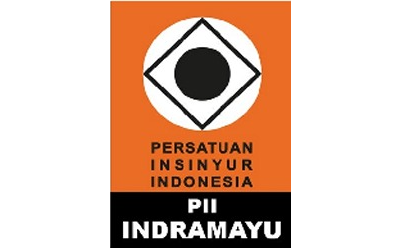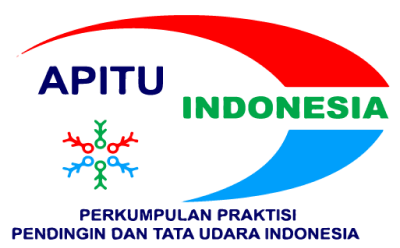INFORMASI DESTINASI WISATA BERBASIS PETA GOOGLE: STUDI KASUS KABUPATEN GUNUNGKIDUL
Abstract
In Gunungkidul district, there are many tourist destinations that are worth visiting and have become tourist destinations from various regions outside Gunungkidul district. The context of the problem that underlies this research is the growing interest in developing applications through online map services using Google maps. The purpose of building a google map-based tourist destination information application is to make it easier for tourists to get tourist destination information through an integrated map with the web. The method used to gather needs and analysis is a fact-finding method with conducting unstructured interviews. The author also made direct observations on the spot, this method is very effective for analyzing and discovering system functions and gaining direct knowledge about activities, operations, and processes. The results of this study are database design that has been normalized to the 3rd normal form, and the application of travel information on Google maps. Through functional testing, this application has run well using travel data taken directly in Gunungkidul district.
Full Text:
PDFReferences
Ayob, N.M., and Masron, T., Idris, A., & Seifi, M. (2015). Web-based tourism decision support system (WBTDSS): architecture and application for Langkawi Island, Malaysia.
BPS Gunungkidul, 2019. Kabupaten Gunungkidul Dalam Angka. Badan Pusat Statistik Kabupaten Gunungkidu
Cambridge (2019), http://dictionary.cambridge.org/ dictionary/english/tour (dilihat 27 Juli 2019).
Cenamor, I., de la Rosa, T., Núñez, S., & Borrajo, D. (2017). Planning for tourism routes using social networks. Expert Systems with Applications, 69, 1-9.
Connoly, T., Begg, C (2010). Database Systems: A Practical Approach to Design, Implementation, and Management, Fourth Edition., Addison Wesley.
Garmany, J., Walker J., and Clark, T (2005). Database Design Principles. Taylor & Francis Group.
Hoffer, J.A., Ramesh, V., Topi, H. (2010), Modern Database Management. Pearson Education, Inc.
Hu, W., (2007). Tour Guides and Sustainable Development: the Case of Hainan, China. Waterloo, Ontario, Canada,
Jancewicz, K., and Borowicz, D. (2017). Tourist maps – definition, types and contents. Polish Cartographical Review. 49. 10.1515/pcr-2017-0003.
Johnson, Jenny Marie (2003). Geografic Information How to Fine It, How to Use It. Greenwood Press, 88 Post Road West, Westport, 178.
NAU (2013). Introduction - What is Tourism? Online Lesson. Parks and Recreation Management Program. Deptartement of Geography, Planning and Recreation, Northern Arizona University (NAU). Diakses dari http://www.prm.nau.edu/prm300/what-is-tourism-lesson.htm.
Rajesh, R. (2013). Impact of Tourist Perceptions, Destination Image and Tourist Satisfaction on Destination Loyalty: A Conceptual Model, Pondicherry University, Puducherry, India.
Teorey, T., Lightstone, S., Nadeau, T., and Jagadish, H.V (2011). Database Modeling and Design, 5th Edition. Morgan Kaufmann Publisher.
Undang-Undang (2009). Undang Undang Republik Indonesia Nomor 10 Tahun 2009 Tentang Kepariwisataan. Kementerian Pariwisata dan Ekonomi Kreatif Republik Indonesia.
Yigitcanlar (2001), T. Adapting Community-oriented Geographic Information System into Tourism Planning Process for Increasing the Competitiveness of Touristic Sites, Izmir Institute of Technology, Turkey.
DOI: https://doi.org/10.31884/jtt.v5i2.229
Refbacks
- There are currently no refbacks.
Copyright (c) 2019 JTT (Jurnal Teknologi Terapan)

This work is licensed under a Creative Commons Attribution-NonCommercial-NoDerivatives 4.0 International License.
 Creative Common Attribution-ShareAlike 4.0 International (CC BY-SA 4.0)
Creative Common Attribution-ShareAlike 4.0 International (CC BY-SA 4.0)













